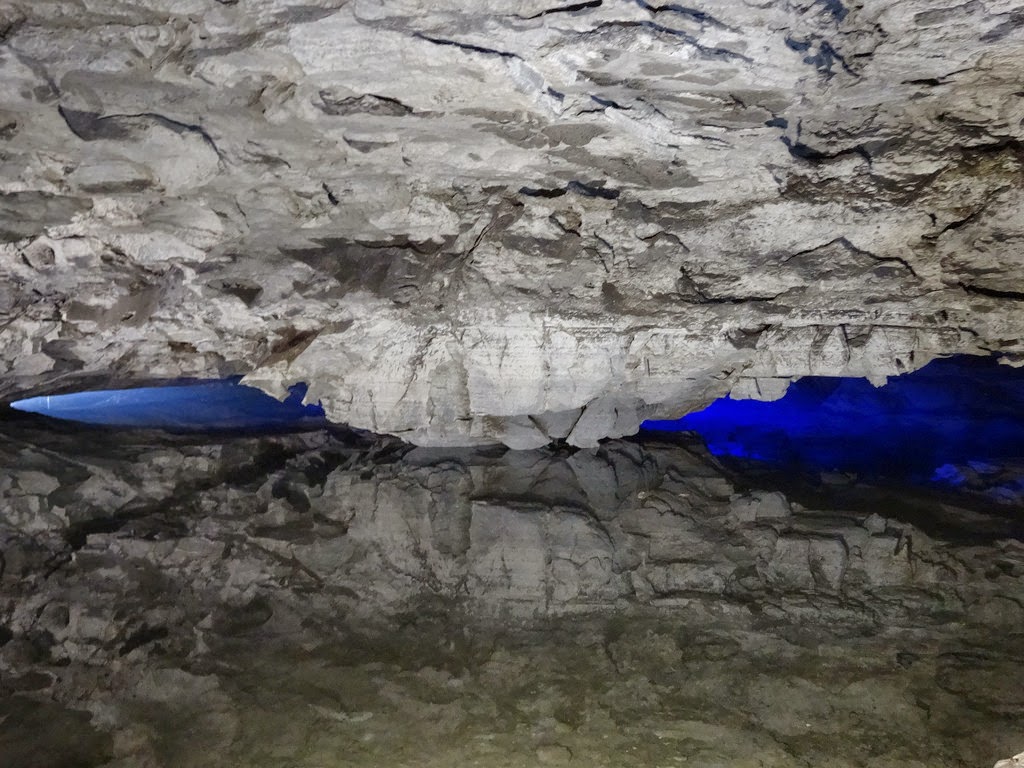Well,
imagine in this winter, you’re in this hotel which is carved out of the
surrounding snow, with igloo rooms, romantic suites and even an outdoor
whirlpool for the valiant guests. The Iglu-Dorf hotel is rebuilt every season
from 3,000 tons of snow at 6 locations from the Alps to the Pyrenees. The Swiss
igloos, built in the Bernese Oberland and beautifully surrounded by 9,000ft
mountain peaks, comes with artworks carved into the walls by artists from
around the world, candle-lit suites for romantic visitors and even saunas among
the mountains. It is open from 25th December to April, and every
village’s sleeps up to 38 guests, cocooning them in cozy sleeping bags on thick
sheepskin rugs, designed to withstand temperatures of minus 40C. And in the
morning, there’s a huge buffet of croissants, cooked meats, pastries, cereals,
cheese and coffee. The cost for one in a standard Iglu-Dorf igloo is 99euros
(£68) from Monday to Thursday and 115 euros from Friday to Sunday.
The site
shows the great multiplicity of works in rooms and common areas of the
exceptional accommodation from traditional Inuit works to artists from
Switzerland and much further abroad.
Artists armed with no more than an ice pick, motorized saw and shovel,
produce life-like animals like seals, arctic wolves, polar bears and whales,
striking designs and patterns, or even super heroes. It's an elaborate and
classy scene compared to the basic igloo Gunter first constructed with friends
on a mountain in a bid to be first on the slopes in the morning. The company says 99 % of their visitors stay
one night only. Therefore we don't generally recommend more than one night
because we neither have running water, nor showers. Each village caters for 38 guests a night,
all of who bed down on a thick sheepskin rug in cozy sleeping bags equipped for
minus-40 degrees Celsius. Nighttime entertainment doesn't extend much past
mulled and good conversation, though there’s a private whirlpool and saunas.



































%2B%2B7%2BDays%2B8%2BNights%2BSouth%2BKorea%2BTrip%2B2014%2BSummarised%2BItinerary%2Bfor%2BSeoul%2B-%2BJeju%2BIsland%2B-%2BSeoul%2B(Large).JPG)

